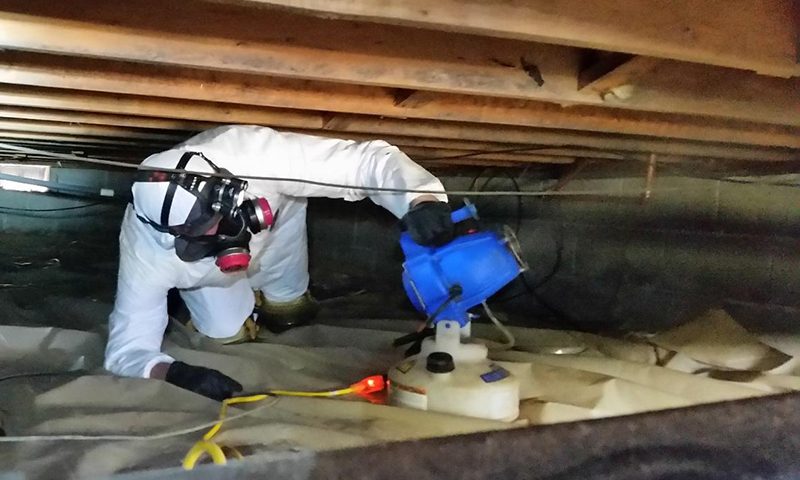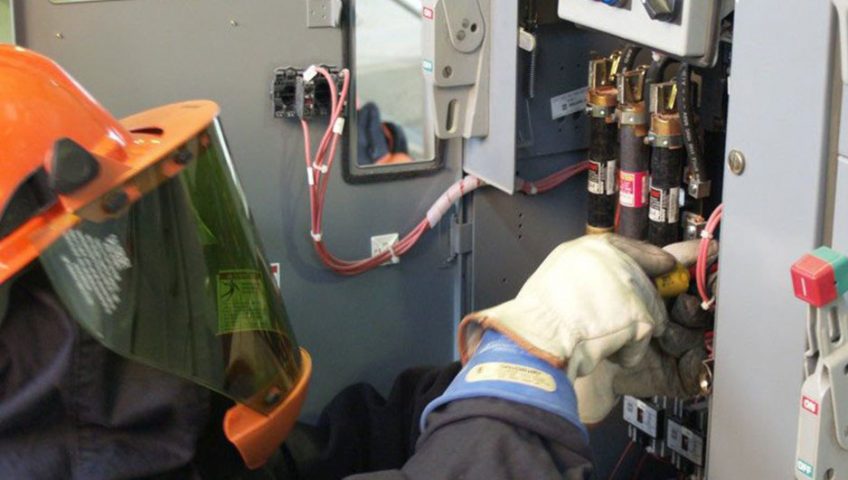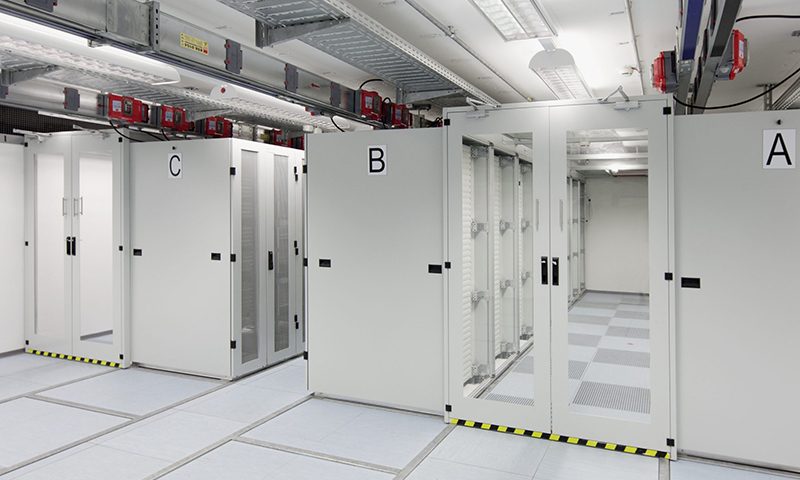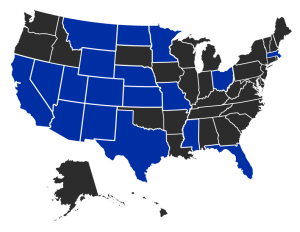History tells us that in 1752 Ben Franklin flew a kite in a lightning storm, putting himself and his son, William, at grave risk of electrical shock and death. And yet, Franklin’s approach to this important 18th-century experiment may have been practiced with more safety and caution than the safety practices implemented at modern-day buildings, in regards to their high-energy electrical panels.
Unfortunately, a vast majority of property managers and owners are foregoing a simple and relatively inexpensive study to ensure that their maintenance team is protected from what would be the equivalent of a lightning blast. The study, which is often referred to as an “arc flash hazard analysis” is only used by 1 percent of property owners throughout the Denver metro area. And while the chances of a killer arc flash occurring are perhaps as minute as being struck by lighting, the risk exists. And, if left unchecked, it could be a very costly one.






